
G.K. Chesterton in The British Review
Four articles/essays written by G.K. Chesterton for “The British Review”. These were published in 1913 and 1914. (Summary by Maria Therese) [chương_files]
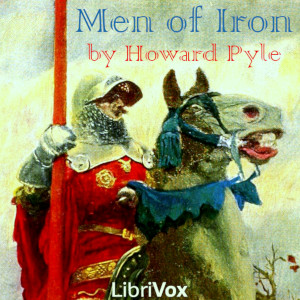
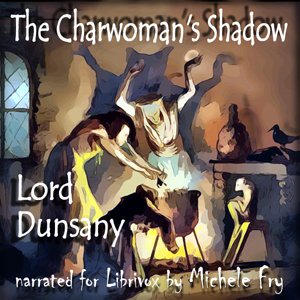

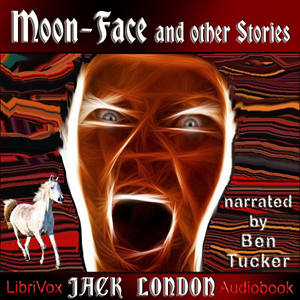

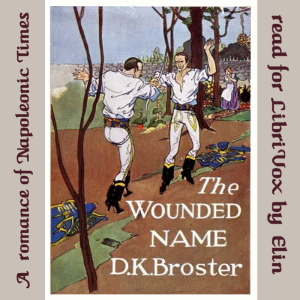



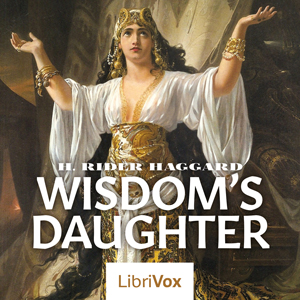

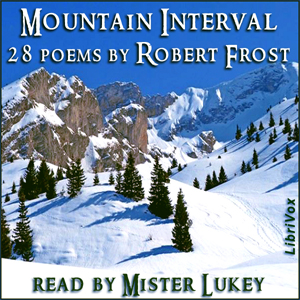
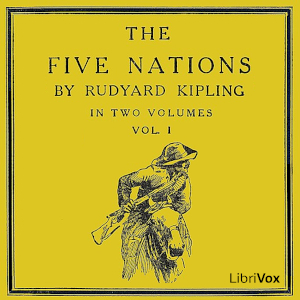

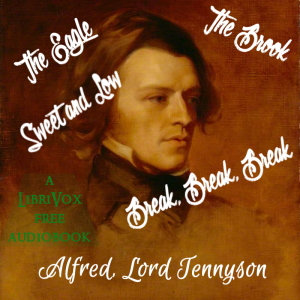
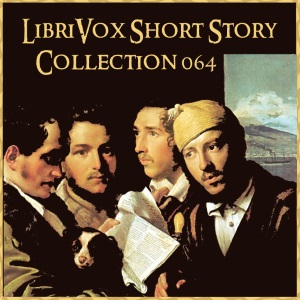
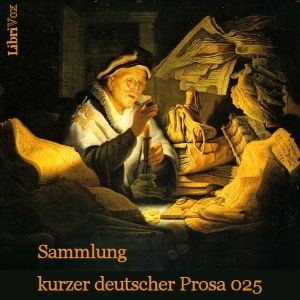
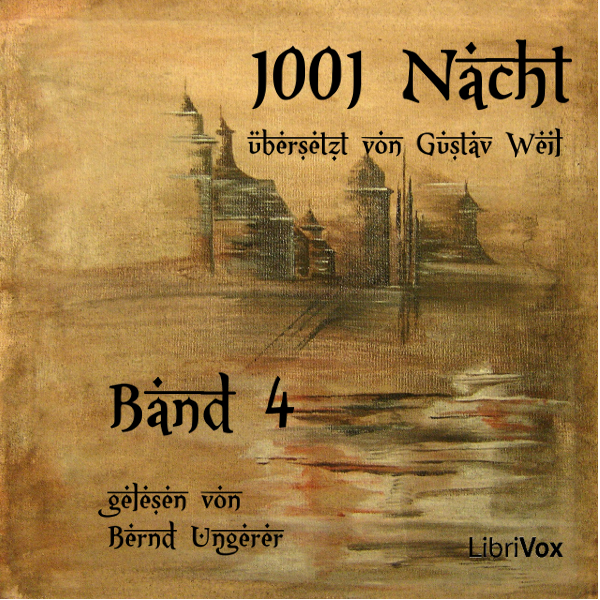

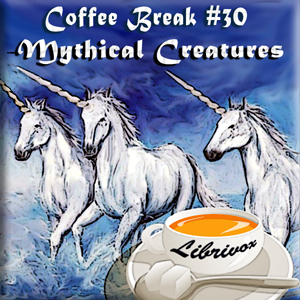
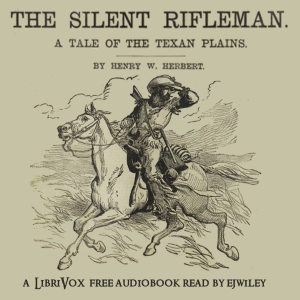

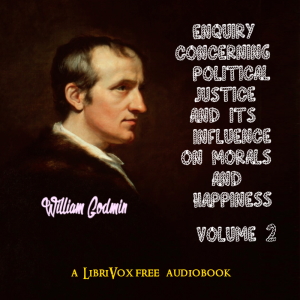
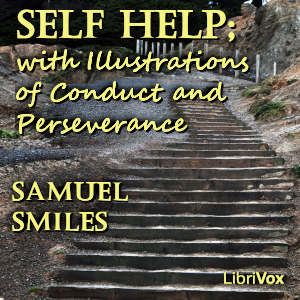
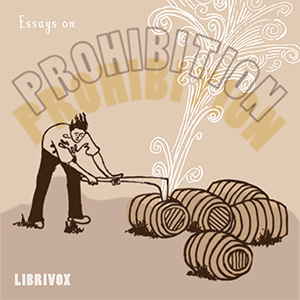
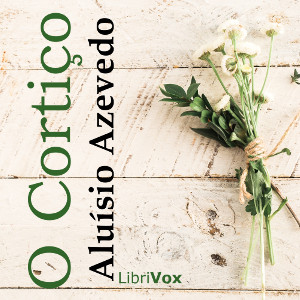
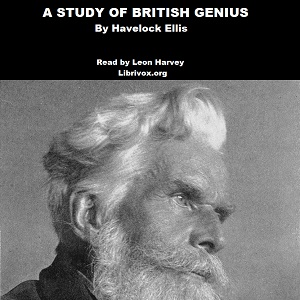
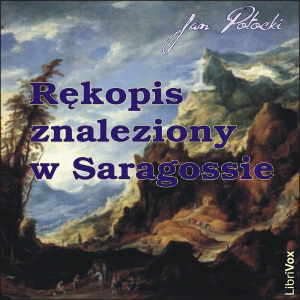

Four articles/essays written by G.K. Chesterton for “The British Review”. These were published in 1913 and 1914. (Summary by Maria Therese) [chương_files]

For those of you who enjoyed The Rosary by Florence Barclay, this one will come in as a close second. When Lady Myra Ingleby learns by telegram that her husband has been killed in the war, the sadness if not true grief that assails her along with the stress it involves, leads her towards a nervous breakdown. Her doctor convinces her that the best and only cure is for her to go away for a month, under an assumed name, preferably to a small seaside town. And there at the Moorhead Inn, begins a beautiful, spontaneous romance that will keep you in suspense and pull at your heart strings. – Summary by Celine Major [chương_files]
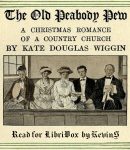
A charming tale of a small New England congregation preparing for Christmas and the unexpected arrival of a woman’s long held hope. – Summary by KevinS [chương_files]
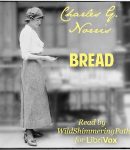
Bread by Charles G. Norris reads like a working class Great Gatsby with a tragic female main character. The author is said to have influenced F. Scott Fitzgerald. There is a kind of cadence to the writing, and arc to the story where this can be felt in both similarity and contrast. It follows the life of a woman from young adulthood to middle age between the years of 1905 to 1922 in New York City. She is a stenographer, has chosen the then taboo path of a “wage earner” as opposed to that of mother/wife/homemaker. The descriptions of the inner workings of a publishing house in a time when the printed word was still the apex of information technology are vivid. The social and domestic situations are touching and emotionally telling of how, however much things change, they also stay the same. The metaphor of “Bread” is quaintly heavy handed. “Dedicated to the working women of America”, Norris gives us the “straight dope” in this depiction of life in New York City in the early 20th century. – Summary by WildShimmeringPath [chương_files]
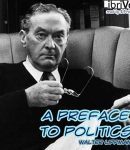
This is the first book in the bibliography of Walter Lippmann, written three years after emerging from Harvard where he studied under the pragmatists Santayana and James. Although the work is a century old, the reader of today may still find in it, with its focus on practical human needs, a refreshing view towards the fundamental purpose (and persistent flaws) of politics, and indeed government itself, just as relevant and meaningful today as when it was written. (Summary by David Martin.) [chương_files]
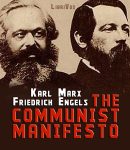
The Communist Manifesto was conceived as an outline of the basic beliefs of the Communist movement. The authors believed that the European Powers were universally afraid of the nascent movement, and were condemning as “communist,” people or activities that did not actually conform to what the Communists believed. This Manifesto, then, became a manual for their beliefs. In it we find Marx and Engel’s rehearsal of the idea that Capital has stolen away the work of the artisan and peasant by building up factories to produce goods cheaply. The efficiency of Capital depends, then, on the wage laborers who staff the factories and how little they will accept in order to have work. This concentrates power and money in a Bourgeois class that profits from the disunity of workers (Proletarians), who only receive a subsistence wage. If workers unite in a class struggle against the bourgeois, using riot and strikes as weapons, they will eventually overthrow the bourgeois and replace them as a ruling class. Communists further believe in and lay out a system of reforms to transform into a classless, stateless society, thus distinguishing themselves from various flavors of Socialism, which would be content to have workers remain the ruling class after the revolution. The Manifesto caused a huge amount of discussion for its support for a forcible overthrow of the existing politics and society. (Summary by Mark F. Smith) [chương_files]
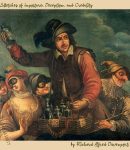
This book contains many brief tales from history of commoners pretending to be kings and kings pretending to be commoners. Learn the fate of a Dutch merchant who wanted a kiss from the disguised Peter the Great’s wife. Learn how a farmer’s daughter born in 1750 in England gained attention and fame in many lands, and why her death was disbelieved. Learn about early vampires and ghosts. Find out the answers to these and other stories within this book. (Summary by mleigh) [chương_files]
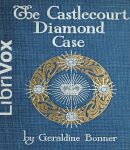
The famous Castlecourt Diamonds have gone missing and the story surrounding their disappearance is strange indeed. To help sort out the mystery, you will hear eye witness statements given by the various participants in this curious case now, for the first time, given to the public. – Summary by The Author and Jenn Broda [chương_files]
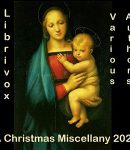
Seven chapters involving Christmas from different books. Plus part 8 which is twelve verses about Christmas and part 9 which is four Christmas carols by Christina Rossetti. – Summary by David Wales [chương_files]
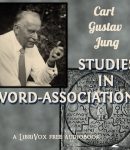
Following his Psychology of the Unconscious Processes, this book is a series of papers compiled under the direction of Dr. Carl Jung, also known as the founder of psychoanalysis. It records research related to the association method conducted on persons with and without psychological conditions. Jung’s work on association among “normal” individuals formed the basis of psychological types. – Summary by Cao Yuqing [chương_files]
Copyright © 2024 | FreeAudible